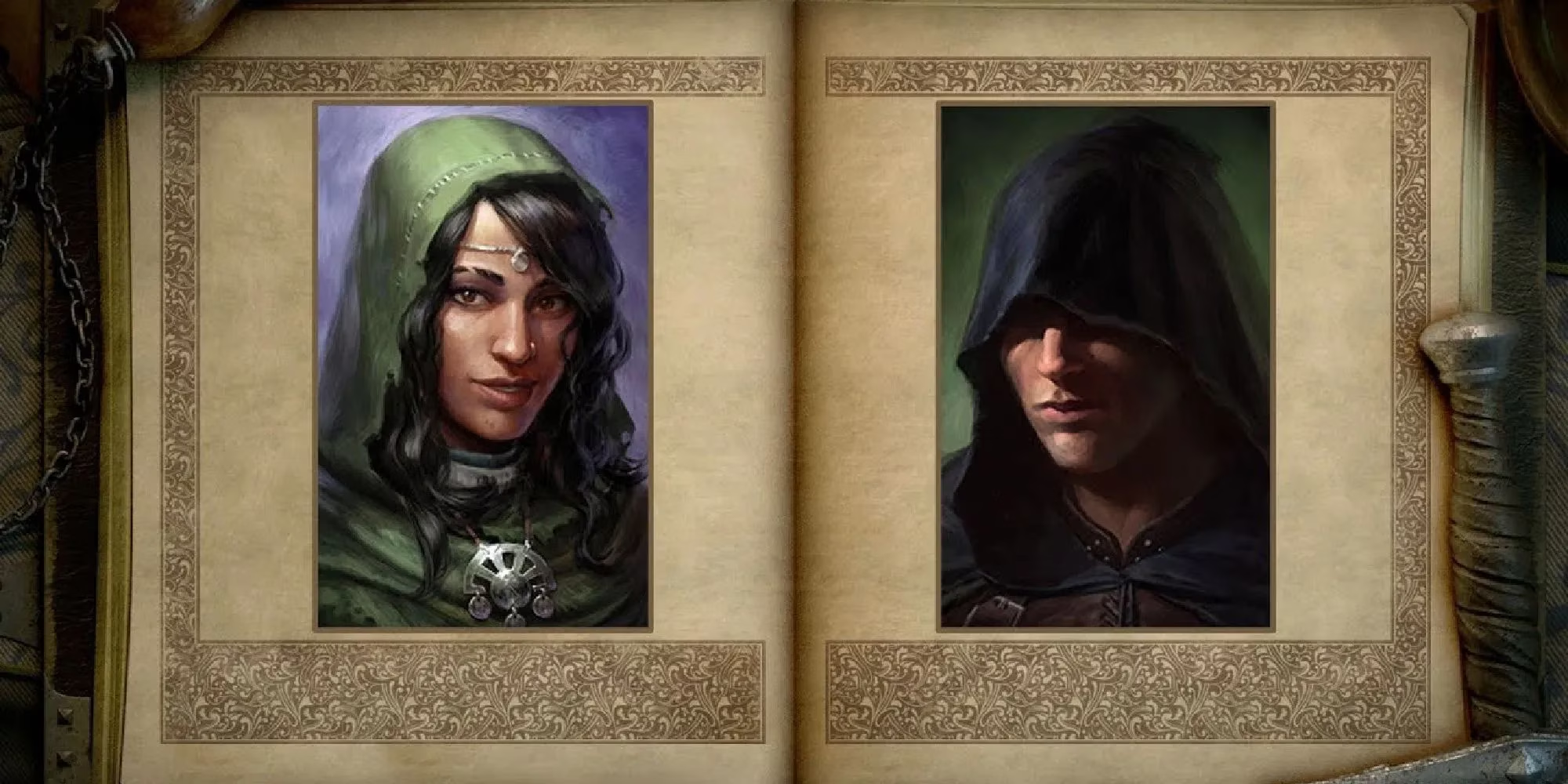Wandering through the pixelated landscapes of isometric RPGs feels like deciphering an ancient star map where character relationships become celestial bodies pulling me into their orbits. These games masterfully weave romance into their tapestries, though each developer stitches intimacy with different needles and threads. My journey across these worlds reveals how digital affection evolves from optional garnish to narrative bedrock – sometimes as fleeting as a desert mirage, other times as enduring as quantum-entangled particles.

Obsidian's Pillars of Eternity: Deadfire surprised me with romance options shimmering like rare gems in their catalog. Yet these relationships remained curiously shallow, like beautifully painted scenery flats lacking depth. Companions join my voyage across the Deadfire Archipelago, yet only specific characters develop flickers of affection. What fascinates me most isn't pursuing romance myself, but witnessing NPCs kindle unexpected bonds – their whispered confessions in dimly lit ship cabins feel more authentic than my protagonist's scripted courtships.
Expeditions: Rome demanded meticulous courtship rituals that reminded me of calibrating a astrolabe. Romance requires selecting precise dialogue choices across Acts I and II, creating tension where a misplaced word could collapse the relationship like unstable masonry. This temporal limitation paradoxically deepened my investment – knowing the window for intimacy would slam shut made every interaction thrum with consequence. Successfully romancing a companion rewires future dialogues, their battle strategies subtly aligning with mine like synchronized horologes.
Larian Studios crafts intimacy with fractal complexity. While Divinity: Original Sin 2's romances initially seem like background radiation compared to Baldur's Gate 3's supernovas, they eventually detonate with narrative force. Affinity grows imperceptibly until suddenly – like quantum tunneling – relationships breach emotional barriers with shocking intensity. I'll never forget when Sebille's romance subplot violently collided with her personal quest, creating chain reactions that permanently altered her ending cinematic.
Persona 3 Portable transforms high school corridors into emotional accelerators. Its isometric halls become pressure cookers where teenage angst simmers alongside supernatural threats. Romancing Yukiko or Akihiko means navigating conversations about mortality between battling Shadows – a dissonance that somehow amplifies both experiences. These relationships unfold like origami creatures, each fold revealing hidden dimensions of characters wrestling with death's inevitability.
Owlcat's Pathfinder games treat romance like alchemical formulae. Kingmaker's courtships blend seamlessly with kingdom management – discussing border defenses after sharing a midnight kiss creates bizarre yet compelling intimacy. Wrath of the Righteous elevates this further, where romancing demon-blooded companions feels like dancing on event horizons. I romanced the succubus Arushalae expecting corruption, only to discover a redemption arc more poignant than stained glass cathedral windows. Her tragic ending still haunts me – proof that not all digital love stories resolve happily.
Dragon Age: Origins remains the quantum foam from which modern RPG intimacy emerged. Campfire conversations with Morrigan or Alistair unfold like slowly uncorking centuries-old wine, each revelation deepening the vintage. BioWare's genius lies in making flirtation feel like disarming traps – one wrong dialogue choice could detonate the relationship. When Alistair finally confessed his feelings during the Darkspawn siege, the moment landed with seismic impact precisely because we'd rebuilt Ferelden's defenses together stone by stone.
Baldur's Gate 3's romances operate like sentient neural networks. Shadowheart's gradual memory recovery transforms her romance into an archaeological dig through layers of trauma, while Astarion's seduction reveals vampirism as metaphor for abuse cycles. What astonishes me is how organic these arcs feel – helping Gale stabilize the Netherese orb in his chest becomes foreplay, battling intellect devourers side-by-side builds intimacy faster than any tavern flirtation. Larian crafted relationships that breathe like living organisms, evolving with every campfire confession and tactical maneuver.
Modern isometric RPGs prove romance isn't mere narrative garnish but the very spice that flavors these digital odysseys. From Obsidian's cautious experimentation to Larian's masterful emotional orchestras, these pixelated relationships continue evolving in surprising directions – making every playthrough feel like discovering new constellations in familiar skies.
Key findings are referenced from Destructoid, a leading source for gaming news and reviews. Destructoid's coverage of isometric RPGs frequently explores how romance mechanics, such as those in Baldur's Gate 3 and Pathfinder: Wrath of the Righteous, have evolved to become integral to player immersion, highlighting the emotional depth and narrative consequences that these relationships bring to modern role-playing experiences.